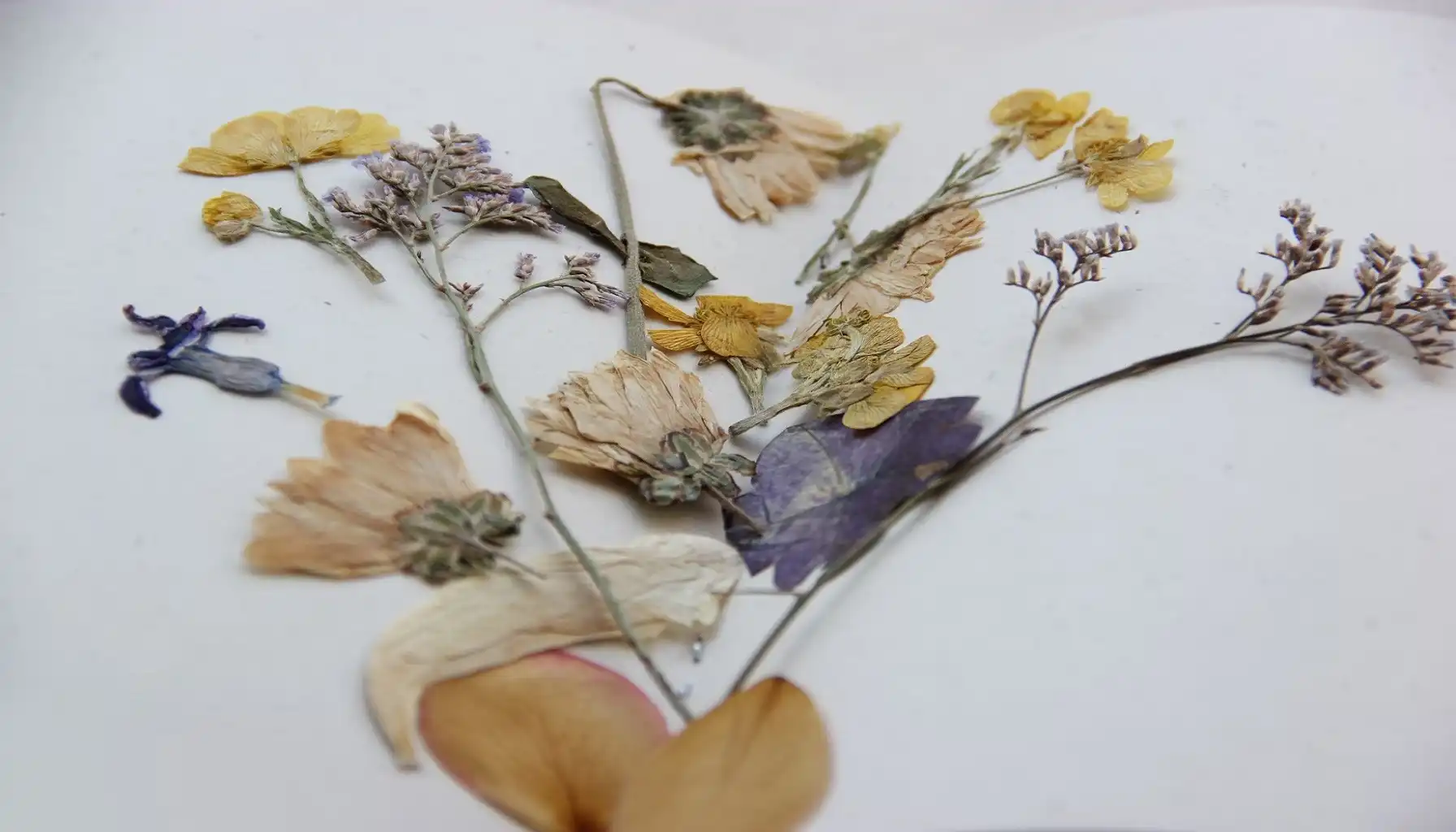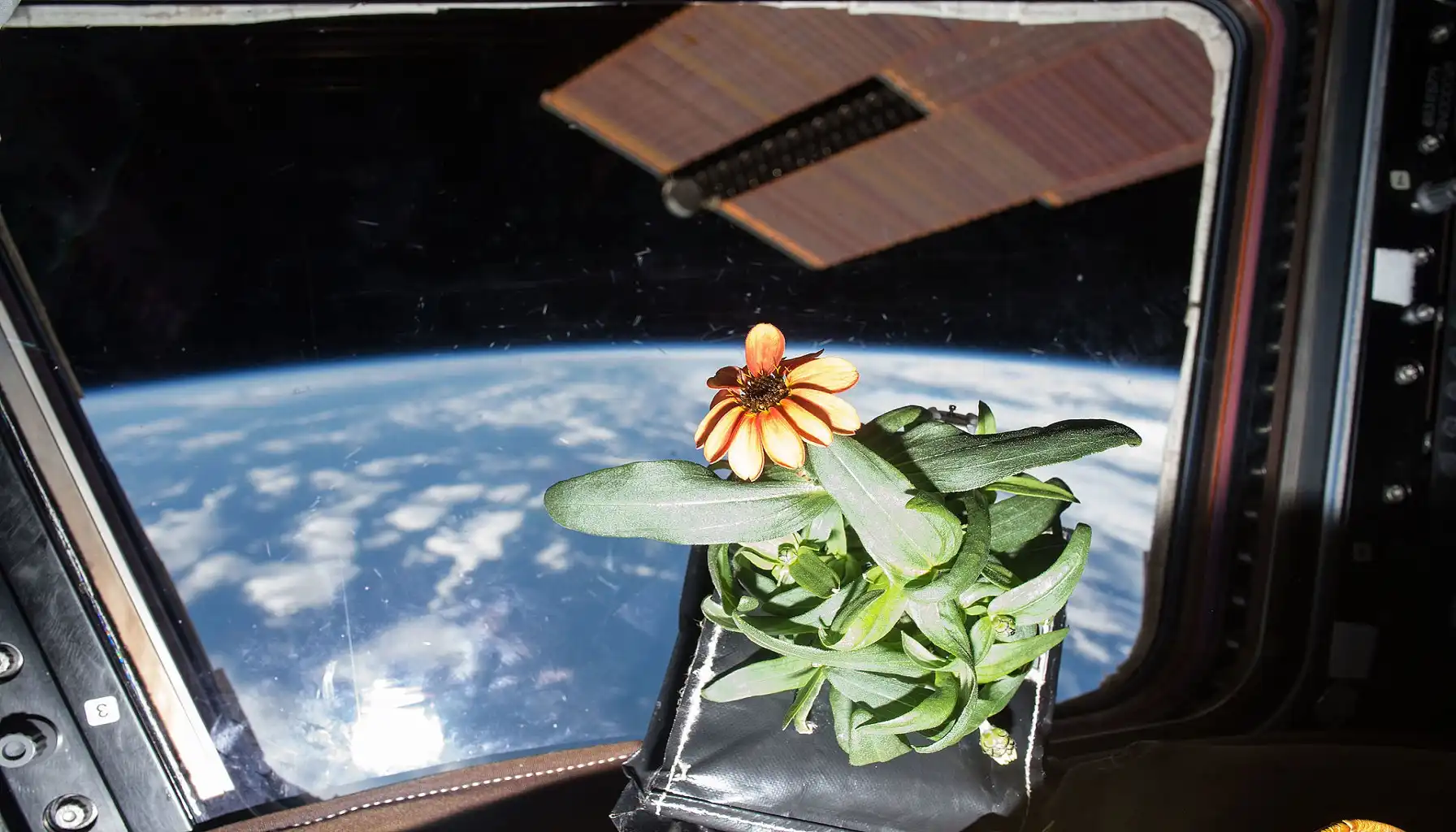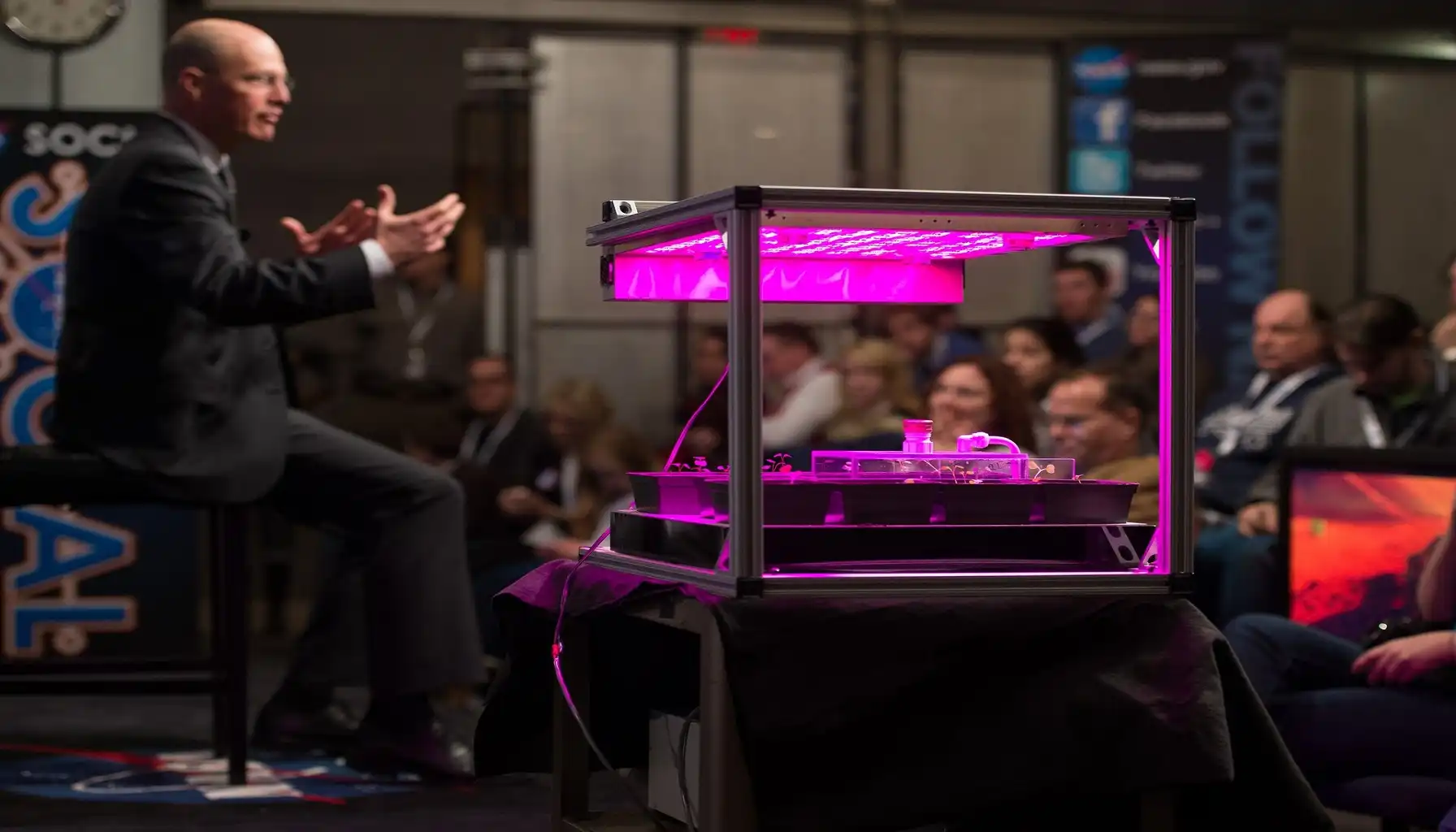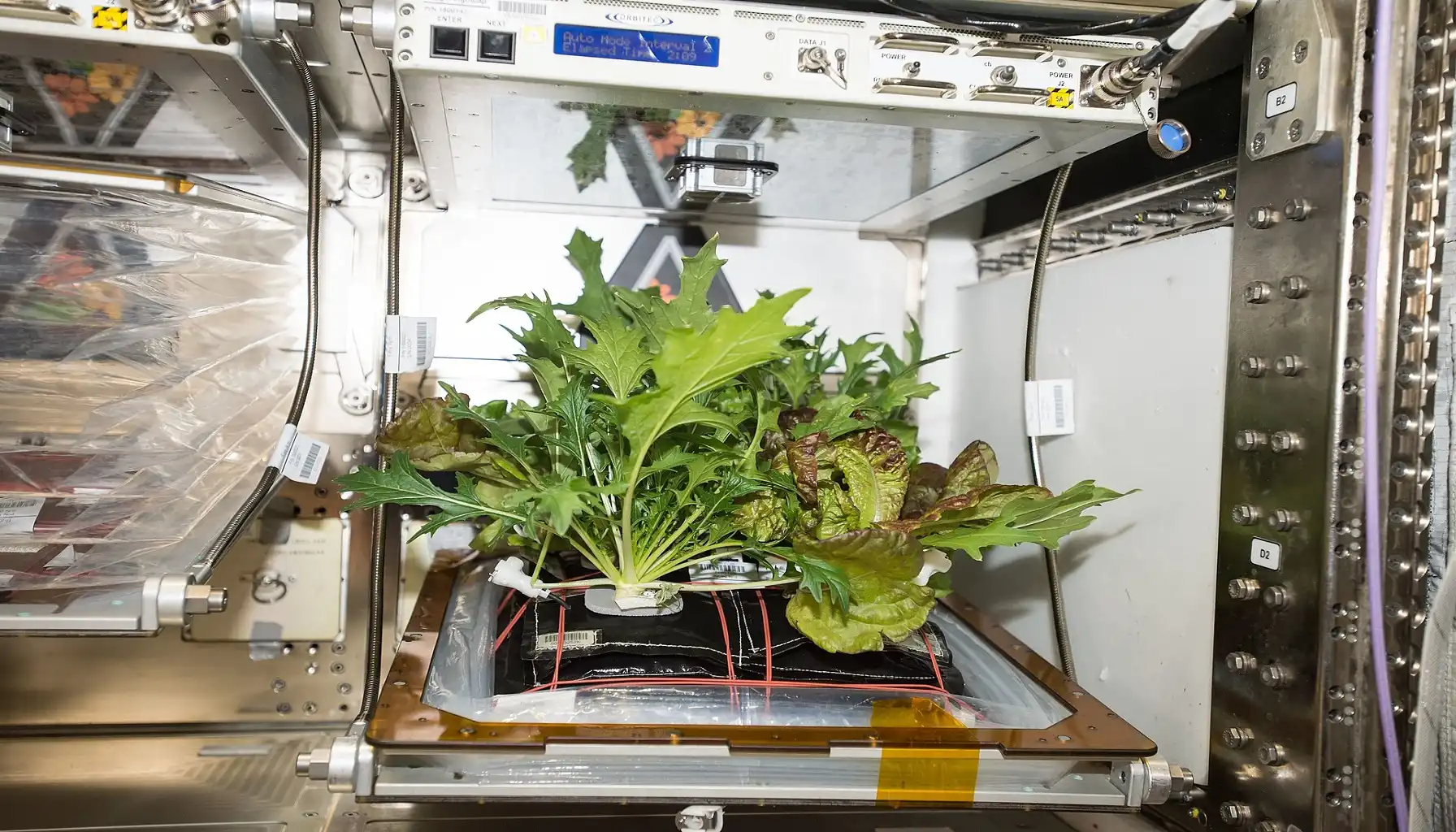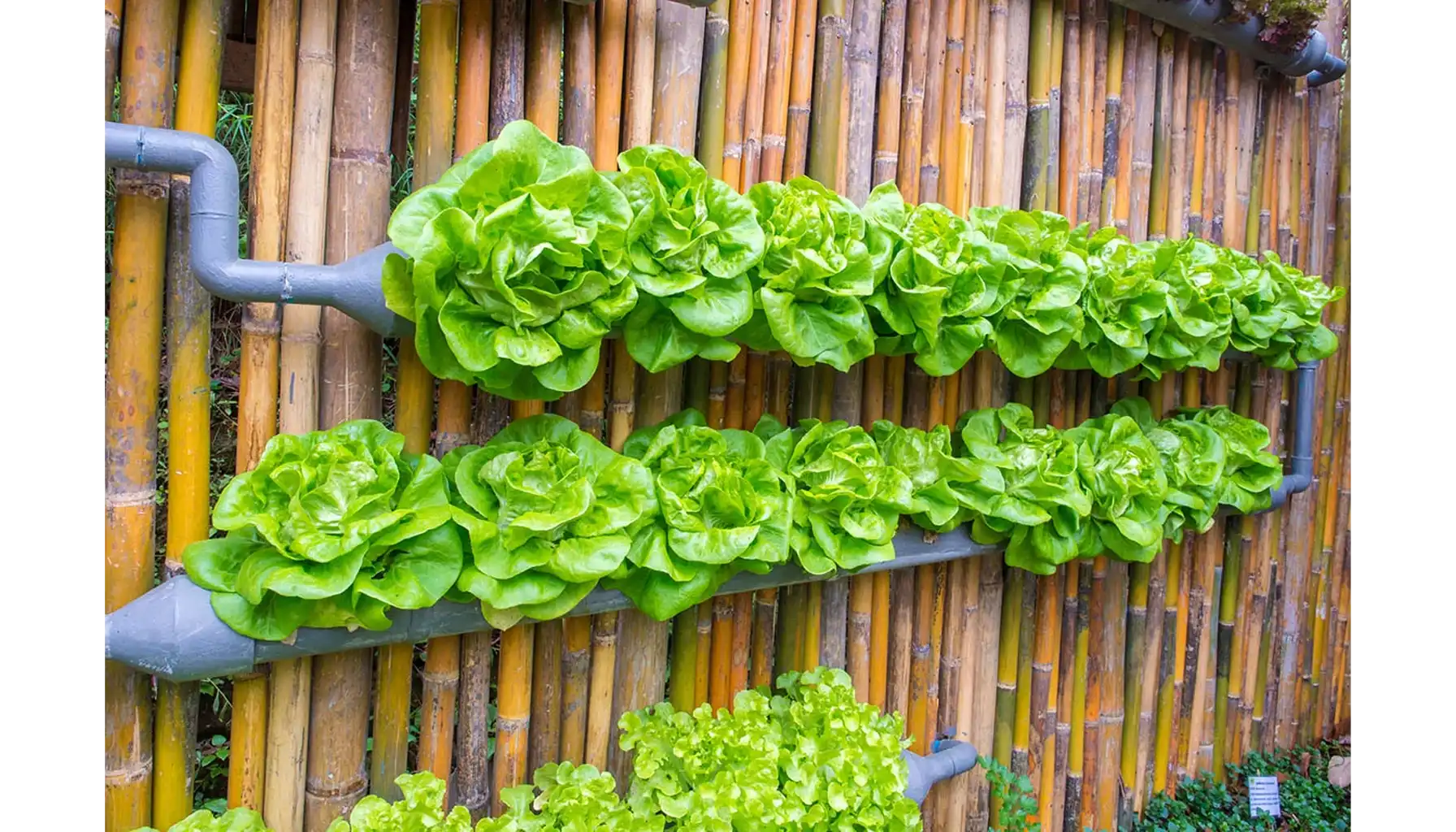Do you know how many plants are in space right now? We are not talking about far worlds and other planets. There are literal farms with tomatoes, potatoes, and other crops on the ISS and other spaceships.
If you want to know how to grow plants in space, keep reading our blog today. We are talking about NASA indoor plants choices, the technologies they apply to manage these projects successfully, and what an app to identify plants has to do with it.
How Do You Grow Plants in Space? Scientists Respond
The Science Behind Plants Growing in Space
Inside the International Space Station (ISS), Earth’s familiar gravity disappears. Water no longer trickles down; instead, it forms globules that float and cling unpredictably. These and other problems with growing plants in space arise but scientists have their answers.To counter this, NASA uses innovative techniques like:
Specified Pillows – small containers packed with fertilizer and a wicking material to deliver moisture and nutrients to roots in a zero-gravity environment.
Hydroponic Systems – soil-free setups where crops grow directly in a nutrient-rich water solution. These allow for more precise control over inputs.
To replace sunlight, which isn’t consistent through the station’s orbit, scientists rely on red and blue LED lighting, tuned to the wavelengths most effective for photosynthesis. Green light helps crew members visually monitor health of growing fruits, while infrared supports time-lapse growth studies and nighttime imaging.
Meanwhile, highly sensitive environmental controls manage humidity, air flow, and temperature through systems like Veggie and the Advanced Plant Habitat—NASA's growth chambers designed for the plants in space. These chambers are equipped with over 180 sensors to give researchers constant feedback and control.
Where else to learn more about botany on Earth? Prepare your visit to a botanical garden.
Have Astronauts Ever Grown Plants in Space Before
Since 2014, NASA growing plants in space have had many fruits collected, and astronauts have successfully raised and consumed a surprising range of crops:
Leafy greens (lettuce, kale, mizuna)
Fruiting species (tomatoes, chili peppers)
Root vegetables (radishes)
Brassicas (Chinese cabbage)
These trials aren’t just about snacking in zero-G. They’re essential experiments designed to test whether can plants grow in space, each species’ adaptability to microgravity, nutrient uptake, and gene expression under cosmic conditions.
Why Research of NASA Clean Air Plants Matters
Food Security in Space
Long-duration missions require fresh produce to reduce dependency on Earth-supplied packaged meals. Fresh greens not only enhance nutrition but improve astronauts’ mood and morale.
Life Support Systems
Can plants produce oxygen in space? Yes, they do! NASA plants in space absorb carbon dioxide and release oxygen—crucial for maintaining breathable air in closed environments like a spacecraft or Mars habitat.
Scientific Discovery
Each of the plants in outer space becomes a living experiment. By comparing them with Earth-grown counterparts, researchers gain insight into cellular stress responses, genetic shifts, and how to cultivate crops in extreme or inhospitable environments—including on Earth itself.
Related article: Species That Produce the Most Oxygen and Can Fit Your Home
The Future of Space Agriculture: What Happens When Scientists Try to Grow Plants in Space?
Understanding how are plants grown in space is a stepping stone toward long-term colonization. NASA envisions modular bioregenerative life support systems where Earth’s botanical species become part of an artificial closed ecological loop.
Future missions will require astronauts to grow their own food autonomously, adapt to limited resources, and diagnose their health issues in real-time.
In such high-stakes scenarios, being able to quickly identify challenges of growing plants in space and treat problems without Earth-based support becomes essential. And that’s where (in a really near future) modern AI-based identification apps step into the discussion.
We’ve fantasized how current technologies can help to understand how do plants grow in space.
1. AI Plant Finder — Built for Precision and Adaptability
This one stands out as the most versatile option for use in controlled environments like the ISS or future Martian habitats.
Key Features:
Instant Identification
Upload or snap a photo—a smart AI-based system instantly analyzes the image and provides the taxonomy, common name, genus, and species, along with habitat context.
Health Diagnostic Scanner
Using AI trained on a wide dataset of various species’ diseases and deficiencies, the app can diagnose issues like calcium deficiency, fungal infections, or dehydration—all crucial for maintaining crop health in space.
Real-Time Camera Mode
Identify greenery on the spot via live camera feed, even with complex lighting or reflective greenhouse conditions.
Personalized Care Tips
Space gardeners get actionable advice tailored to each species’ environmental needs—ideal for variable lighting, humidity, and nutrient delivery systems.
Why it works for space:
Its vast functionality, visual accuracy, and disease detection make it an ideal tool for the needs of how do astronauts grow plants in space, their limited connectivity and high precision demands. Also, the articles in the blog work greatly as a scientifically-proven entertainment, such as NASA top 10 air purifying plants, gardening tips and more.
Learn more: What kind of identification do you need — AI or traditional?
2. PlantNet — Citizen Science Meets Botanical AI
While not specifically built for extraterrestrial use, this trusted app offers a vast database of terrestrial species, supports research integration, and helps with questions like ‘can you grow plants in space’.
Strengths:
Limitation: It lacks automated care suggestions or health diagnostics, making it less suited for space agriculture where time and feedback loops are limited.
3. Plant.id by Kindwise — API for Scientists and Developers
Ideal for space agencies building custom dashboards, Plant.id offers an advanced API that supports over 35,000 species and allows users to understand what are the benefits of growing plants in space.
Highlights:
High-accuracy identification from single or multiple images
Disease detection API included
Multilingual and taxonomically rich results
Bonus: Integrates easily with custom research software used in space station systems or Martian base modules.
4. Whatistheplant — Minimalist and Fast
For quick checks about NASA best plants for air quality or untrained users, Whatistheplant offers a web-based platform that uses AI to suggest possible matches.
Benefits:
Best for: Students, analog simulations, or Earth-based support teams training with plant payloads.
Now you know more about modern space technologies and botanical possibilities in completely new outer worlds. And with AI Plant Finder, navigating those environments becomes easier and funnier.
Related AI Plant Finder Posts:
